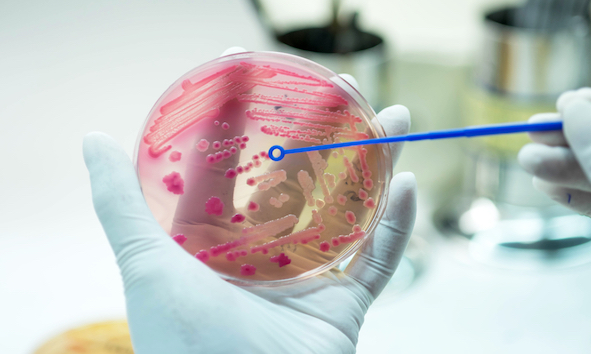Study examines solutions to antimicrobial resistance in fish farming
- Like
- Digg
- Del
- Tumblr
- VKontakte
- Buffer
- Love This
- Odnoklassniki
- Meneame
- Blogger
- Amazon
- Yahoo Mail
- Gmail
- AOL
- Newsvine
- HackerNews
- Evernote
- MySpace
- Mail.ru
- Viadeo
- Line
- Comments
- Yummly
- SMS
- Viber
- Telegram
- Subscribe
- Skype
- Facebook Messenger
- Kakao
- LiveJournal
- Yammer
- Edgar
- Fintel
- Mix
- Instapaper
- Copy Link
Posted: 11 December 2017 | George Smith (New Food) | No comments yet
Agriculture is one of the fastest growing food sectors but with that growth has come a worrying trend in antimicrobial resistance (AMR).


WORRYING TREND: Antimicrobial resistance is a growing concern
New research has evaluated the options open to fish farmers to cut down on the use of antimicrobials, such as antibiotics, antivirals and antiprotozols.
WorldFish, a charity devoted to harnessing aquaculture to reduce poverty, undertook the research as part of its CGIAR ResearchProgram on Fish Agri-food Systems (FISH).
The study, Unpacking factors influencing antimicrobial use in global aquaculture and theirimplication for management: a review from a systems perspective, identifies the main factors and challenges of different antimicrobial use. This, the abstract said, “enables discussion of mitigation pathways”.
From a set of identified methods of using antimicrobials, six factors are identified: vulnerability to bacterial disease, AM access, disease diagnostic capacity, AMR , target markets and food safety regulations, and certification.
By using these, local and national governments, as well as international organisations, can reduce antimicrobial use through training, planning, assistance in disease identification and stricter regulations.
Michael Phillips, Director of Science and Aquaculture, WorldFish and Program Director FISH: “With aquaculture, the fastest growing food sector in the world, it will be critical to ensure that growth is coupled with attention to the use of antimicrobial drugs. One issue for researchers to understand is that there are no reliable data on global use of antimicrobials in fish farming. A global approach to this issue is necessary, targeting fish production systems and products aimed for both for domestic and export markets.”
Global attention has focussed on the overuse of antimicrobials and consequent AMR which may compromise the treatment of bacterial infections in the target species as well as in humans.
The spread of AMR has been classified by the World Health Organization (WHO) as one of the major threats for the human population of the twenty-first century.
The study recommends urgent internationally coordinated action to better understand the scale of the problem and notes a need to integrate risk assessment as an alternative means to reduce disease.
Evidence of AMR in humans linked to antimicrobial use in aquaculture is building with examples given in the study.
Antimicrobial use in aquaculture differs from that in livestock farming due to aquaculture’s greater diversity of species and farming systems, alternative means of application, and less consolidated farming practices.
Over 600 species are known to be under cultivation and this diversity could provide resilience, but it also adds complexity with a greater number of pathogens for which antimicrobials has often been the first line of defence for many farmers.









